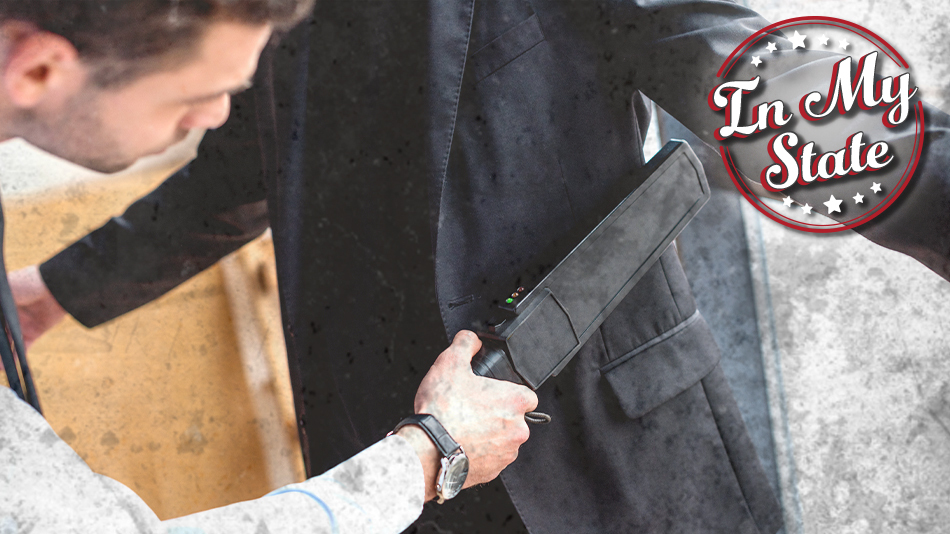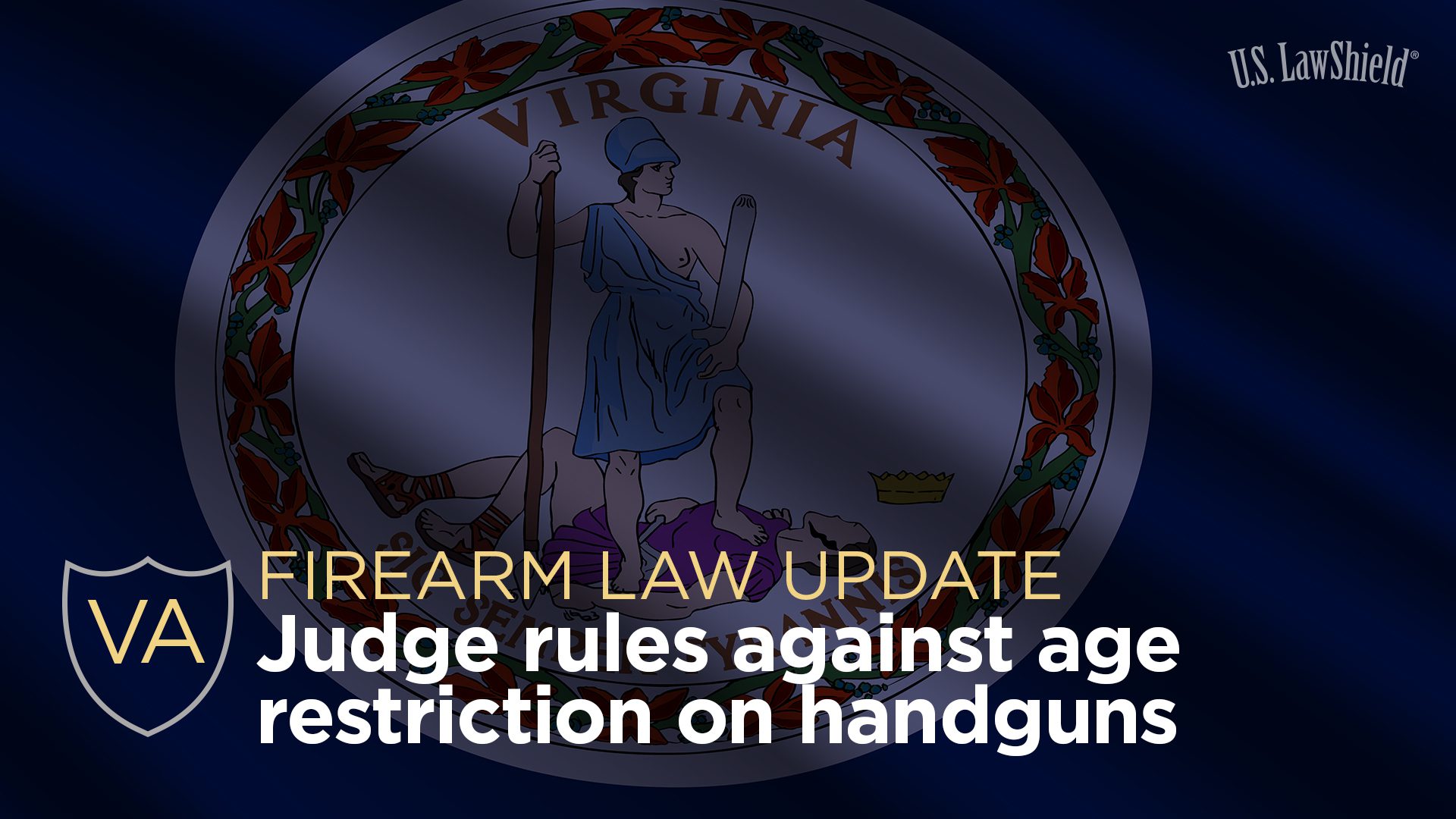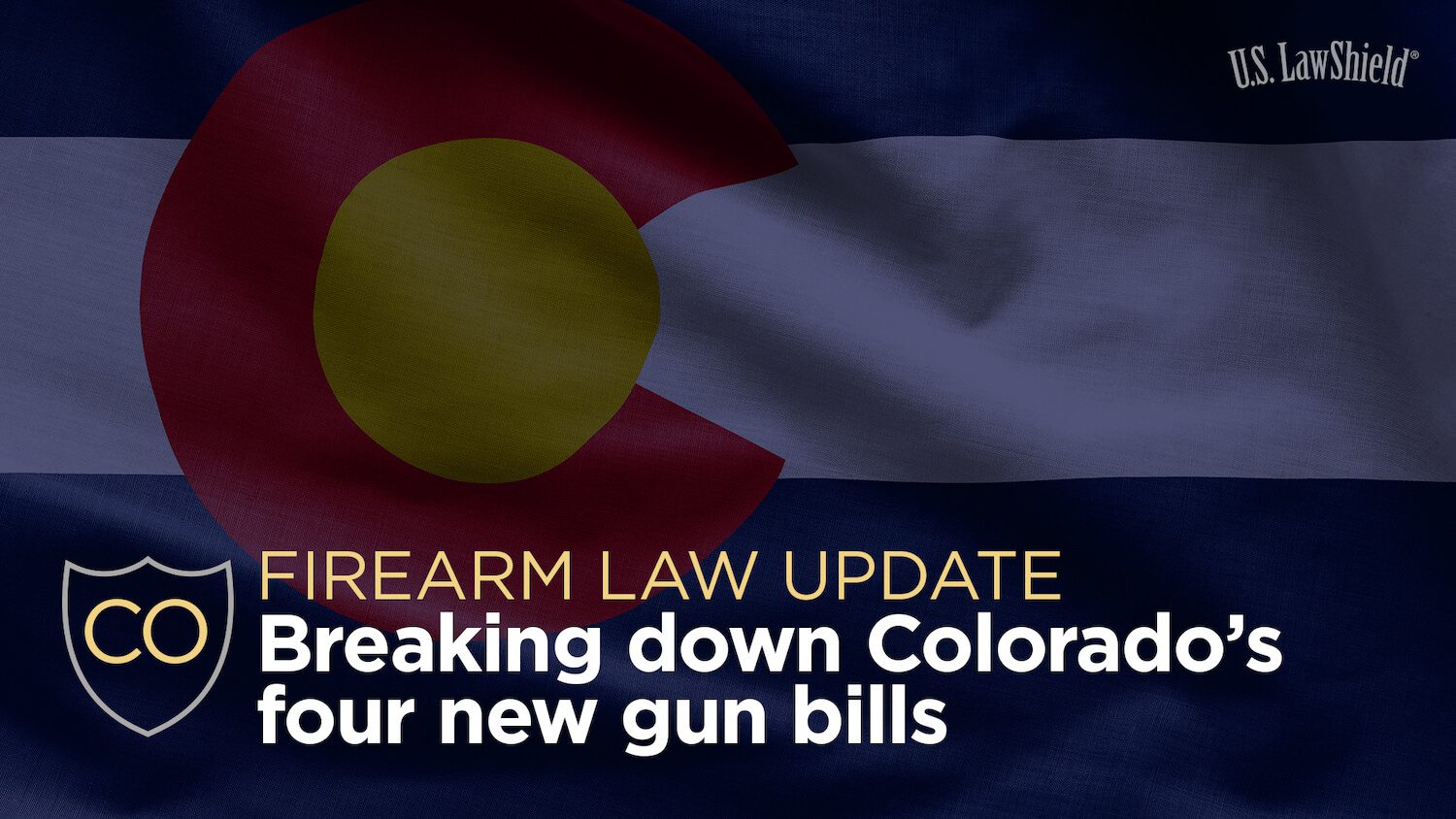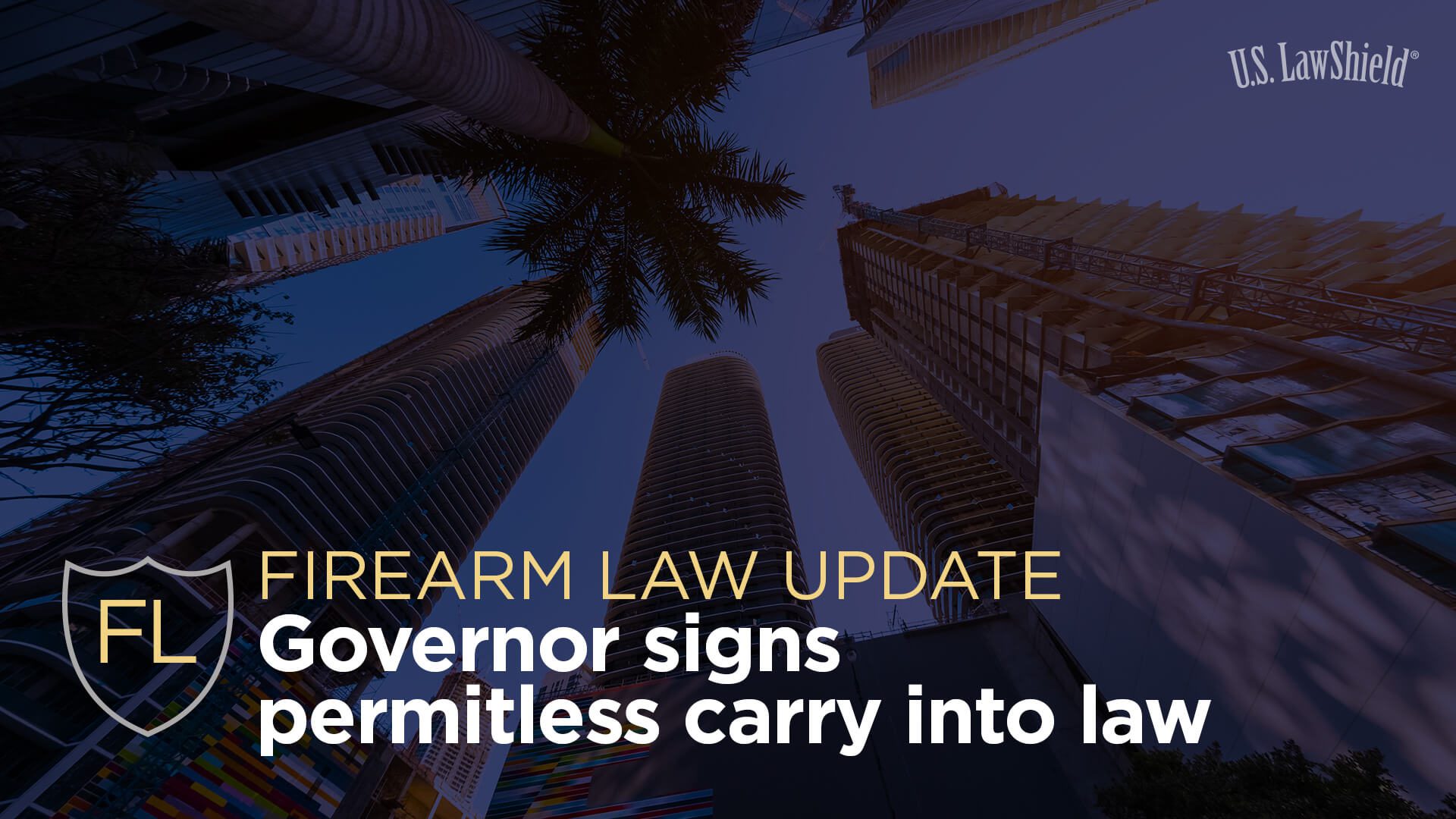
As you’ve no doubt seen in the news, many parts of the country are experiencing a push to ban firearms from government buildings. A significant portion of this new “outrage” is media-driven opportunism by gun control advocates. To help sort the legal facts from fiction, let’s take a look at how the law plays a role in securing your rights as a law-abiding gun owner.
It has been reported that nearly 1,000 people gathered at the Oklahoma State Capitol on January 6, in support of then President Trump, some legally carrying long guns. Prior to the event, local news carried warnings that the National Guard was ready for any trouble. Oklahoma Highway Patrol was put on alert. Many folks thought the protest would create a public backlash that would lead the Oklahoma Legislature to clamp down on Second Amendment rights in Oklahoma. In the end, the protest was peaceful, and the crowd dispersed after a light rain began to fall.
How Did the Oklahoma Legislature React to the Events of January 6?
In spite of the Second Amendment ensuring the rights of all Americans to keep and bear arms, Oklahoma lawmakers have differing opinions on how the Second Amendment applies to the Oklahoma State Capitol building and other government buildings. Nationally, the events of January 6 had a negative effect on how gun rights were perceived in some circles; locally, no effect on the law in Oklahoma was felt. The state law remained that government owned or operated buildings were areas where the lawful carrying of firearms by concealed handgun licensees or constitutional carry qualified individuals is prohibited.
Other than putting the National Guard on standby and alerting the Oklahoma Highway Patrol, the legislature did not react to the carrying of firearms at the State Capitol.
Currently, Oklahoma law prohibits the carrying of any firearms into the State Capitol building. 21 O.S. § 1272 generally prohibits carrying of firearms in public, except according to law, and creates exceptions for constitutional carry and the Oklahoma Self-Defense Act. 21 O.S. § 1277 names places where it is unlawful to carry, such as:
- Any structure, building, or office space which is owned or leased by a city, town, county, state or federal governmental authority for the purpose of conducting business with the public. The State Capitol is a building owned by the State of Oklahoma for the purpose of conducting business with the public and it was and is off limits to the legal carrying of firearms.
The laws regarding the carrying of firearms in public buildings, like the State Capitol, did not change before or since January 6, 2021, and there is no legislation currently pending at the State Legislature to change this.
Should You Be on Alert?
There is no legislation currently in the pipeline to limit or affect the carrying of firearms in the capitol building. However, there is current legislative activity focusing on Second Amendment rights. As has been discussed, carrying firearms in the capitol building is prohibited.
As a law-abiding gun owner, you should continue to monitor the news about the legislature possibly limiting the open or concealed carrying of firearms on public land adjacent to the State Capitol. Keep watch for further anti-gun legislation, and make your voice heard by contacting your state representatives!
For any questions about carrying in and around government buildings, contact U.S. LawShield and ask to speak to your Independent Program Attorney.
The information provided in this publication is intended to provide general information to individuals and is not legal advice. The information included in this publication may not be quoted or referred to in any other publication without the prior written consent of U.S. LawShield, to be given or withheld at our discretion. The information is not a substitute for, and does not replace the advice or representation of a licensed attorney. We strive to ensure the information included in this publication is accurate and current, however, no claim is made to the accuracy of the information and we are not responsible for any consequences that may result from the use of information in this publication. The use of this publication does not create an attorney-client relationship between U.S. LawShield, any independent program attorney, and any individual.




Peaceful Assembly vs Criminal Acts.
There is a difference despite media agendas.
There is absolutely nothing wrong with taking security measures either. It is actually possible to represent all 3 groups as well even at the same time. I did for many years. National Guard, Law Enforcement and Pro 2A.